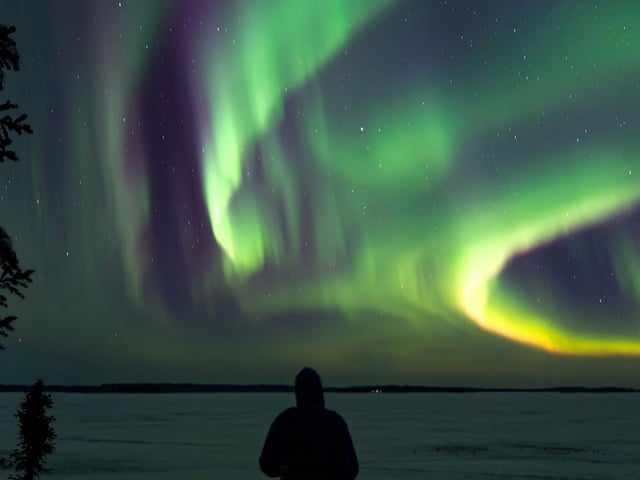Overview
- NOAA’s Space Weather Prediction Center issued a G1 (Minor) geomagnetic storm watch for July 1–2 as a coronal mass ejection from June 28 arrives at Earth.
- Forecasts indicate the Kp index may peak at 5 on July 1, making the second of two back-to-back aurora nights stronger than the Kp 3 display on June 30.
- Auroras are expected to be visible across nearly all of Canada, including southern British Columbia and Ontario, during local peak viewing between 10 p.m. and 2 a.m.
- Viewlines extend into 14 northern U.S. states such as Washington, Montana and Maine despite limited nighttime darkness at those latitudes.
- Observers should seek dark skies far from light pollution and monitor NOAA’s 30-minute forecast to track real-time auroral activity.
